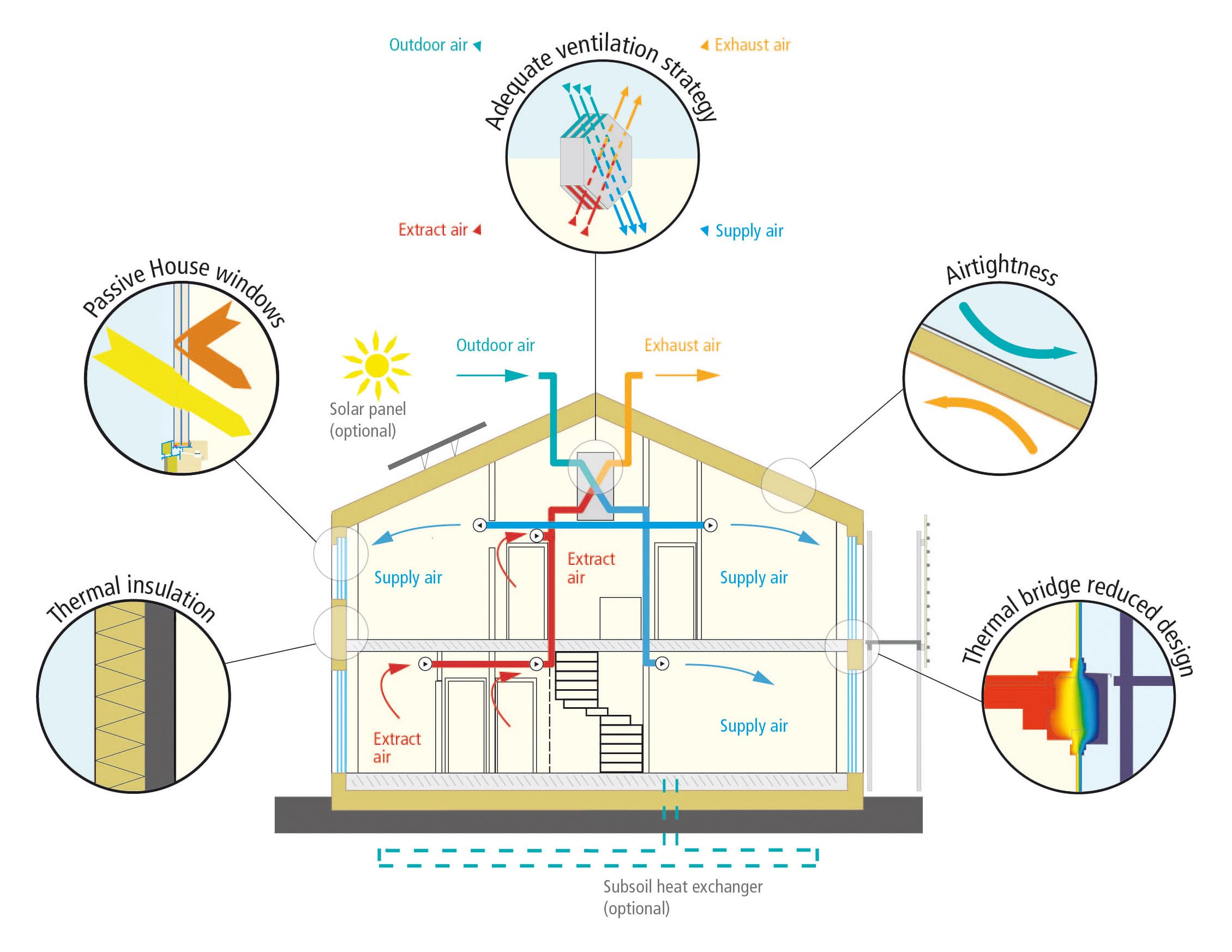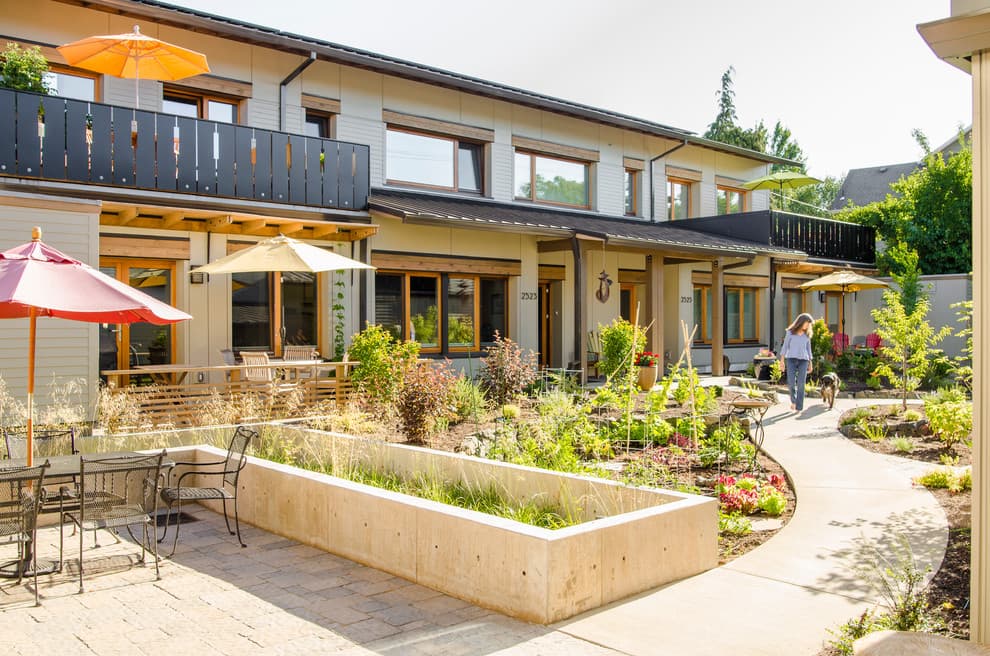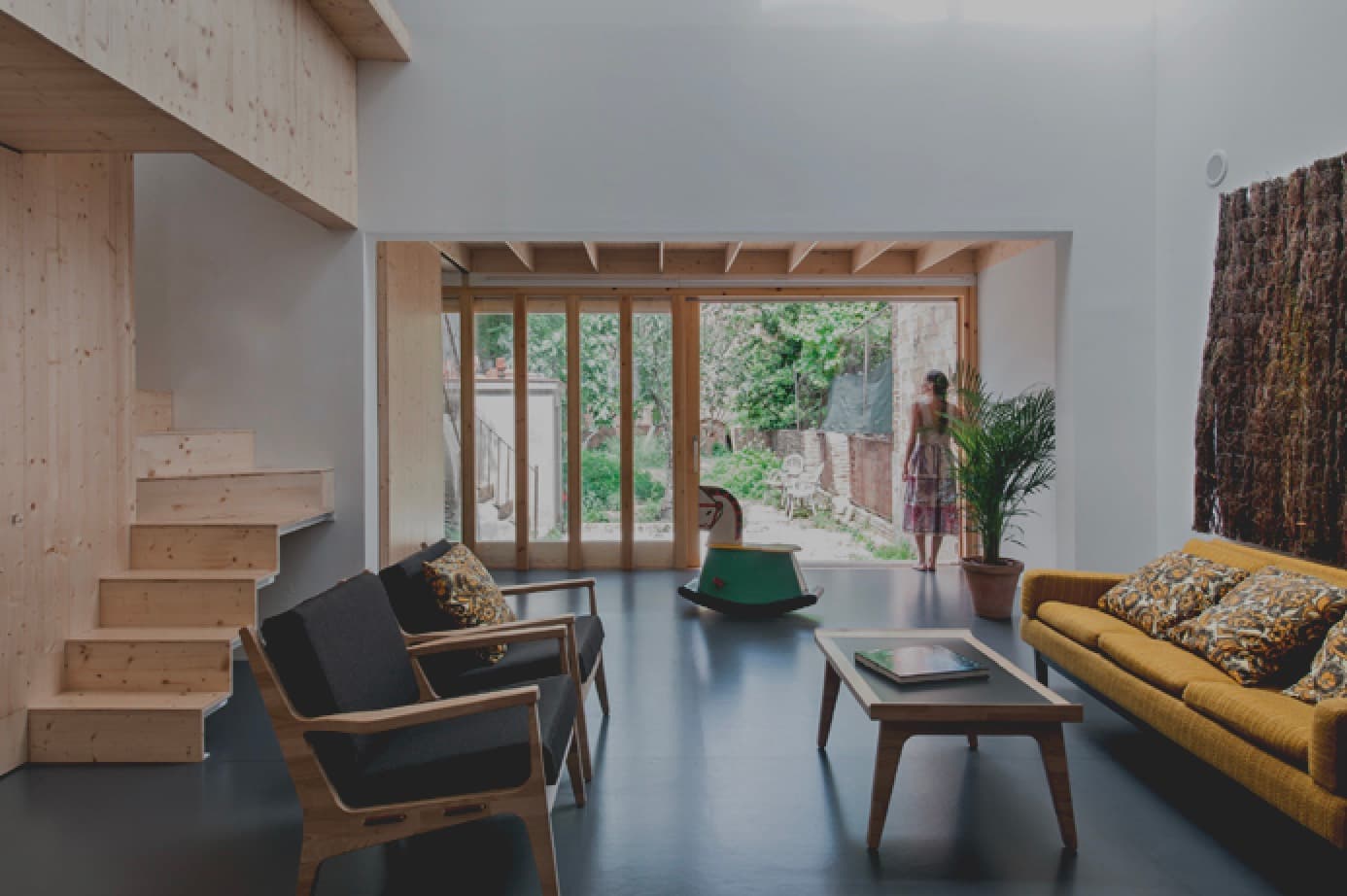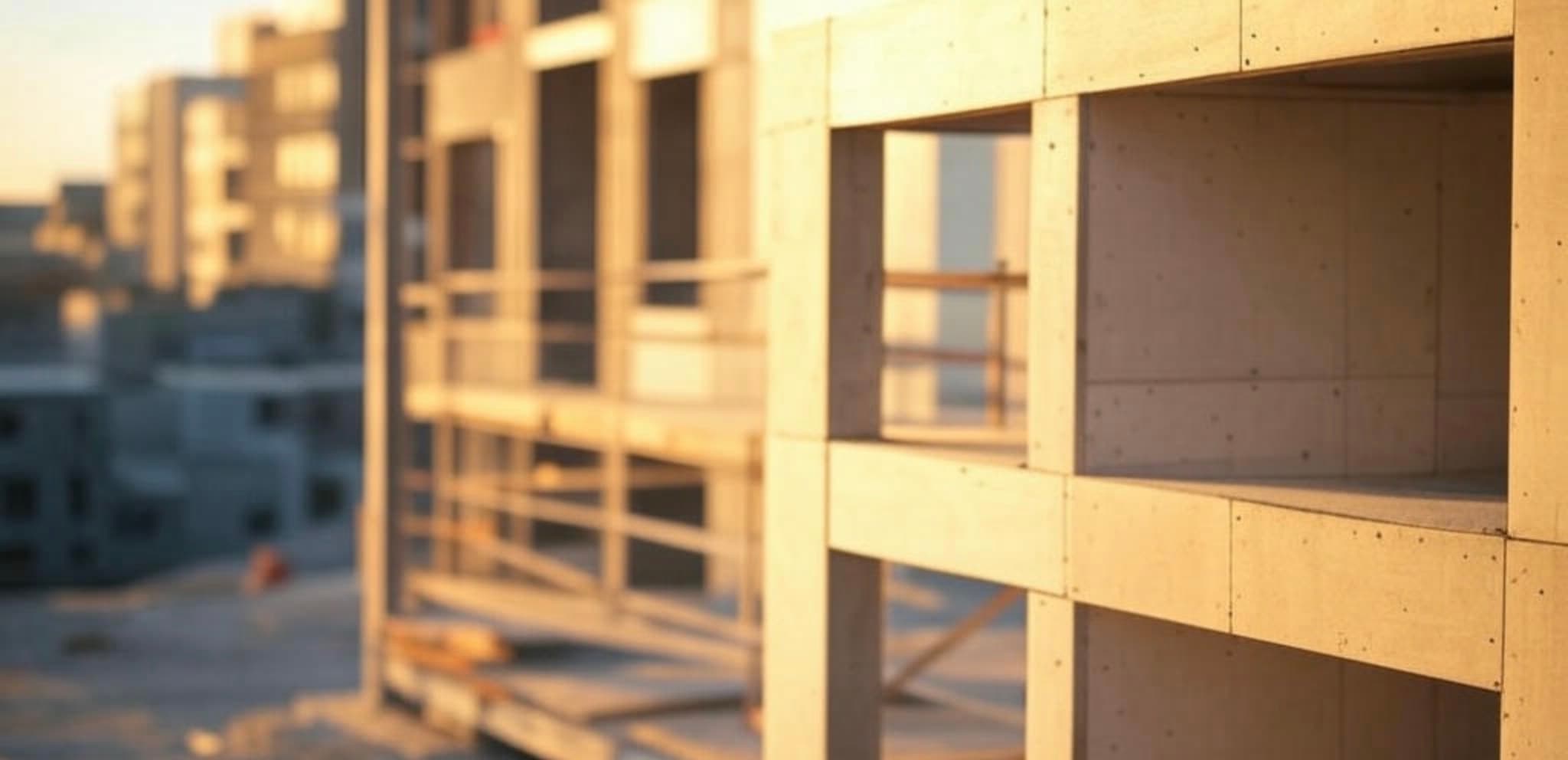
Passive House (PH) standards have evolved significantly since their inception by the Passive House Institute (PHI) in Darmstadt, Germany. What began as a single, clear-cut model has expanded into a diverse set of performance classes tailored for different climates, building types, and energy sources. This evolution reflects the growing complexity and ambition of low-energy building design, while preserving the foundational goals of airtightness, thermal comfort, and energy efficiency.
From Classic to Plus and Premium
The original Passive House standard—now referred to as the "Classic" PH standard—focused on a few key metrics: heating and cooling demand, airtightness, and total primary energy consumption. These standards set the bar for high-performance buildings:
- Heating or cooling load ≤ 10 W/m², or
- Annual heating or cooling demand ≤ 15 kWh/m²
- Airtightness ≤ 0.6 ACH50
- Primary Energy Renewable (PER) demand ≤ 60 kWh/m²/year
As our understanding of energy systems matured and renewable energy became more accessible, PHI introduced two new classifications:
- PH Plus: PER demand ≤ 45 kWh/m²/year, and ≥ 60 kWh/m²/year of on-site renewable generation
- PH Premium: PER demand ≤ 30 kWh/m²/year, and ≥ 120 kWh/m²/year of on-site renewable generation
These new classes encourage buildings to become not just energy efficient, but energy producing—pointing the way toward true net-zero performance.
EnerPHit: Standards for Retrofit Projects
Retrofitting existing buildings to Passive House levels poses unique challenges—especially in making older structures airtight and free of thermal bridges. To address this, PHI developed the EnerPHit standard, with two paths to compliance:
- Component Method: Use PHI-certified components designed for specific climate zones (seven in total, from Arctic to very hot).
- Demand-Based Method: Meet energy use and airtightness requirements similar to the Classic standard, but adjusted for existing conditions (e.g., heating demand between 15–35 kWh/m²/year and airtightness ≤ 1.0 ACH50).
Climate-specific details include solar gain limits (e.g., 100 kWh/m² of window area in cooling climates) and surface color requirements for buildings in hot zones, where reflective "cool" coatings are often mandated.
PHIUS: A Regional Approach for North America
Across the Atlantic, Passive House Institute US (PHIUS) has developed its own approach. Concluding that a single global standard doesn’t work for all climates, PHIUS created climate-specific, cost-optimized performance targets using BEOPT (a U.S. Department of Energy tool). These targets—covering ~1,000 North American locations—include:
- Annual and peak heating/cooling loads
- Moisture performance simulations using WUFI Passive
- Strict airtightness: ≤ 0.08 CFM75/ft² of envelope area
All certified PHIUS+ projects are also subjected to third-party quality assurance, ensuring performance is verified during construction.
Адаптації в Швеції та за її межами
Інші країни створили свої власні стандарти, натхненні PH. У Швеції Форум енергоефективного будівництва (FEBY) розробив регіональні еталони. Наприклад:
- Південна Швеція тісно пов'язана зі специфікаціями PHI.
- Північна Швеція дозволяє вищі теплові навантаження (до 14 Вт/м²) та швидкості повітрообміну, що відповідають місцевим нормам, забезпечуючи, щоб вентиляційні системи не були перевантажені.
У екстремальних кліматичних умовах дизайнерам потрібно ще більше адаптуватися. Робота архітектора Томаса Грейндла на південь від Полярного кола — використання ізоляції без нафти та учнів професійних училищ для виконання робіт — підкреслює, як локалізована адаптація та практичне навчання можуть зробити Пасивний дім доступним та екологічним.
Глобальні уроки та місцеві рішення
Від швейцарського стандарту Minergie-P до специфікацій PHIUS, адаптованих до клімату, еволюція сертифікацій Пасивного дому показує, що модель "один розмір підходить усім" не завжди є доцільною. Найкращий стандарт для проекту часто залежить від:
- Місцевого клімату та енергетичного контексту
- Методи будівництва та матеріали
- Цілей продуктивності та цінностей клієнта
Хоча рамки PHI мають найдовшу історію та найширше міжнародне визнання, зростаюча різноманітність стандартів відображає спільну мету: суттєво зменшити споживання енергії, забезпечуючи при цьому будівлі, які є комфортними, стійкими та готовими до майбутнього.
Чи ви модернізуєте бунгало 1950-х років, чи проектуєте сучасний житловий блок, еволюційні стандарти Пасивного дому пропонують дорожню карту до сталого досконалості — адаптивні, науково обґрунтовані та глобально актуальні.

Ankeny Row: Спільне проживання для досвідчених людей у Портленді
Як група бебі-бумерів створила спільноту кохаусів Passive House в Портленді, штат Орегон, яка вирішує як екологічну стійкість, так і соціальні потреби старіння на місці.

Застосування принципів Пасивного Будинку в різних кліматах
Досліджуйте, як принципи Пасивного Будинку можуть бути успішно адаптовані до різноманітних кліматів по всьому світу, з реальними прикладами та практичними рішеннями для підтримання комфорту та ефективності в будь-якому середовищі.

Сім принципів дизайну пасивного будинку: будівництво для ефективності та комфорту
Досліджуйте сім основоположних принципів дизайну Пасивного Будинку, які забезпечують вищу енергоефективність, виняткову якість повітря в приміщеннях та тривалий комфорт у будь-якому кліматі.